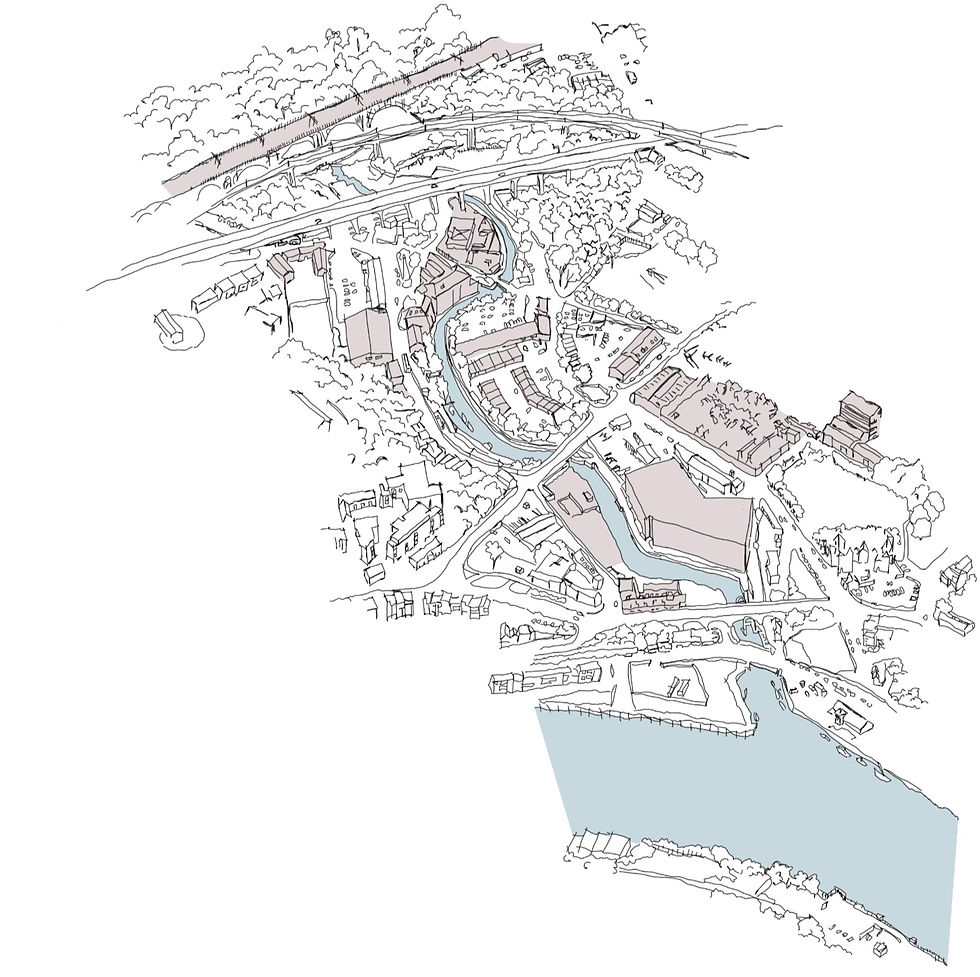A Recent History
- Amy F. Docherty

- Nov 19, 2020
- 2 min read
Over the past 70-100 years, the Ouseburn Valley has seen a dramatic set of changes to its urban fabric, with a range of alterations to uses of buildings from their heavily industrial past alongside several left empty to decay. The successes of the valley have seen significant changes too, the industrial heritage which once saw the Valley bustling with people, raw materials and products in their masses was followed by the success of the areas cultural character which drew people into the industrial relics once again. Nowadays, Among these industrial relics, a selection of new build residential schemes are at various stages of completion, construction and planning. This is set to change the landscape of the Valley once again over the coming decades.
1950s
Following the industrial revolution and two world wars, the Ouseburn was left with a multitude of industrial buildings without any purpose. These ‘scars’ left on the landscape are as much a part of the landscape as the river banks themselves. The buildings however, are by the 1970S for the most part re-occupied by artists and creatives, breathing new life into them, saving them from dereliction.

2000s
By the late 2000s to mid-2010s, the Ouseburn had developed a strong sense of cultural character for itself. Artists, musicians and other creatives had by this point developed a strong set of programmes and studios. The diverse collection of pubs successfully operating in the Ouseburn by this time had a part to play in its success in bringing in a wide range of visitors during the day and night, with music events proving popular.

2020s
The lower Ouseburn is now set to see several developments follow the existing set of homes built at The Malings site. Alongside these, in the now vacant timber yard, planning permission has been granted for a selection of new build properties above new commercial plots below. Another scheme is on site on the land opposite The Malings, with more underway at the top of the Ousburn valley, in the old Star and Shadow cinema.




Comments